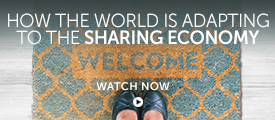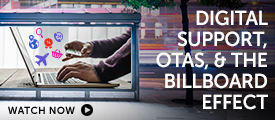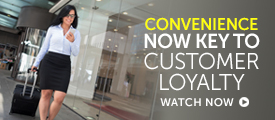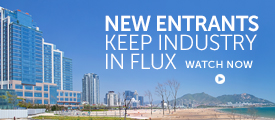According to Forrester, by 2020, 47% of Western European advertising spend will come from digital advertising. This kind of advertising allows for very specific targeting of customers. There is a great advantage to knowing who you are reaching and why, and knowing your customers well enough to be able to implement a targeted strategy. According to Forbes, 84% of companies are expecting to increase investment in audience targeting.
Our experts discuss the power that comes from digital and data use:
Whilst digital advertising is increasingly popular, research from Forrester points out that this may be less effective for older age groups who are less likely to consume these ads. So targeted campaigns for this group may require a different tack.
The Forbes report “Reaching the Right Audience: How Brands Are Using Audience Targeting in Digital Advertising”, which was published in May 2015, found that; “90% of companies spend at least 25% of their digital advertising budgets on specific targets, and 43% of companies spend more than half of their budgets reaching specific targets.”
The report also shows that there is increasing use of digital video campaigns, and that 46% of the companies that use these are careful to validate that they reach the right audience.
Social media sites including, Twitter and Facebook offer ways to make ads that are posted on their sites targeted, and as discussed in a previous briefing, Google has developed hospitality specific ways to improve advertising reach.
Companies will continue to find new and effective ways to reach the right customers. Research from Gartner found that 71% of Marketers have an ‘innovation budget’, whilst Digital Commerce, Social, Marketing Analytics and Customer Experience, were the top-ranked Areas of investment for marketing technology in 2015.
If you’ve been sent to this page and you’re not yet on the circulation list to receive these regular briefings and you would like to sign up, you can do see here. It’s free.
Video clips produced by ybc.tv for the Hospitality Channel, including interview from industry conferences such as the IHIF conference as well as specific Hospitality Channel shoots.




